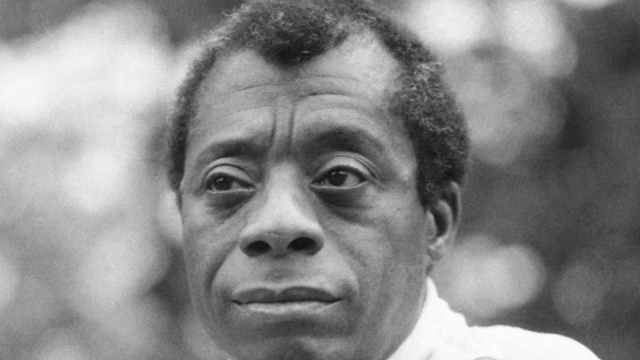Black History Month: Honoring the Life and Legacy of James Baldwin

Post submitted by Beth Sherouse*
While African American writer and activist James Baldwin passed away in 1987, his words still serve as powerful reminders of the intersections of racism and anti-LGBT sentiment, and the need for us, as advocates and as an LGBT community, to account for those intersections in our work.
“I don’t know of anyone [Black] who has denied his brother or his sister because they were gay,” Baldwin said in a 1984 interview. “No doubt it happens. [But] a Black person has got quite a lot to get through the day without getting entangled in all the American fantasies…It’s simply one more aspect of the danger in which all Black people live…. The gay world as such is no more prepared to accept Black people than anywhere else in society.”
As a queer Black man** growing up in mid-twentieth century America, Baldwin wrestled with a culture that condemned him for his race, sexuality and gender expression. Like Baldwin’s own relationships, his fictional characters frequently transgressed sexual and racial lines, occasionally igniting controversy. In 1956, while the Cold War was in full swing, Baldwin published Giovanni’s Room, which contained explicitly queer characters.
“It was very hard for me to write that book,” he recalled. “They said—if I published it, it would ruin my career.…That, in effect, nobody would accept that book, coming from me. My agent told me to burn it.”
After moving to Paris for a few years, Baldwin returned to the states to lend his support to the growing Civil Rights Movement, and quickly established himself as one of the movement’s leading voices, never attempting to hide his sexuality from the public eye.
In Baldwin’s relationships, writing and activism, he consistently refused to bring anything less than his whole self to the table. As we celebrate Black History Month this year, may we all learn from his example, honoring and celebrating the complex and interconnected identities that make the LGBT community so beautifully diverse.
For more information on HRC’s work with African-American LGBT communities and other communities of color, visit our Communities of Color page.
*This post is taken in part from the author’s doctoral dissertation.
**Baldwin is often assumed to have been gay. This might be because of his relationships with prominent men like bisexual actor Marlon Brando. However, throughout his life, Baldwin also had relationships with women and sometimes referred to himself as bisexual.
You Might Like

